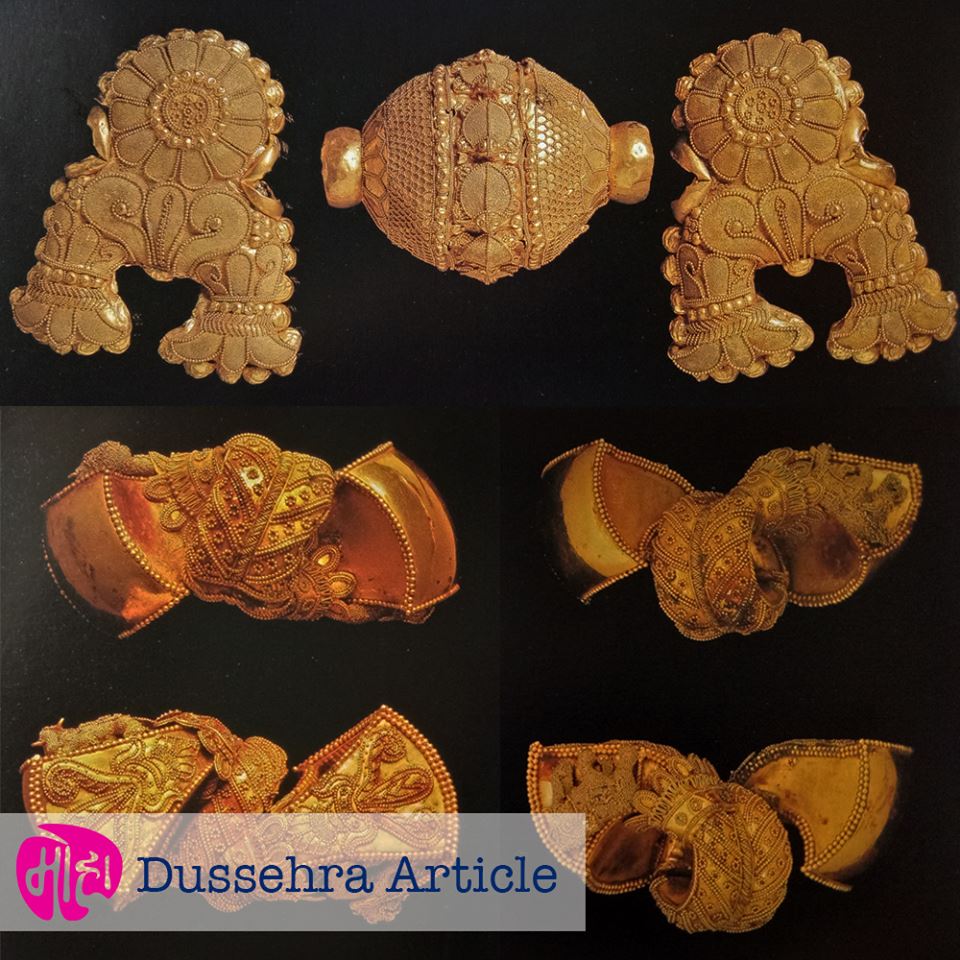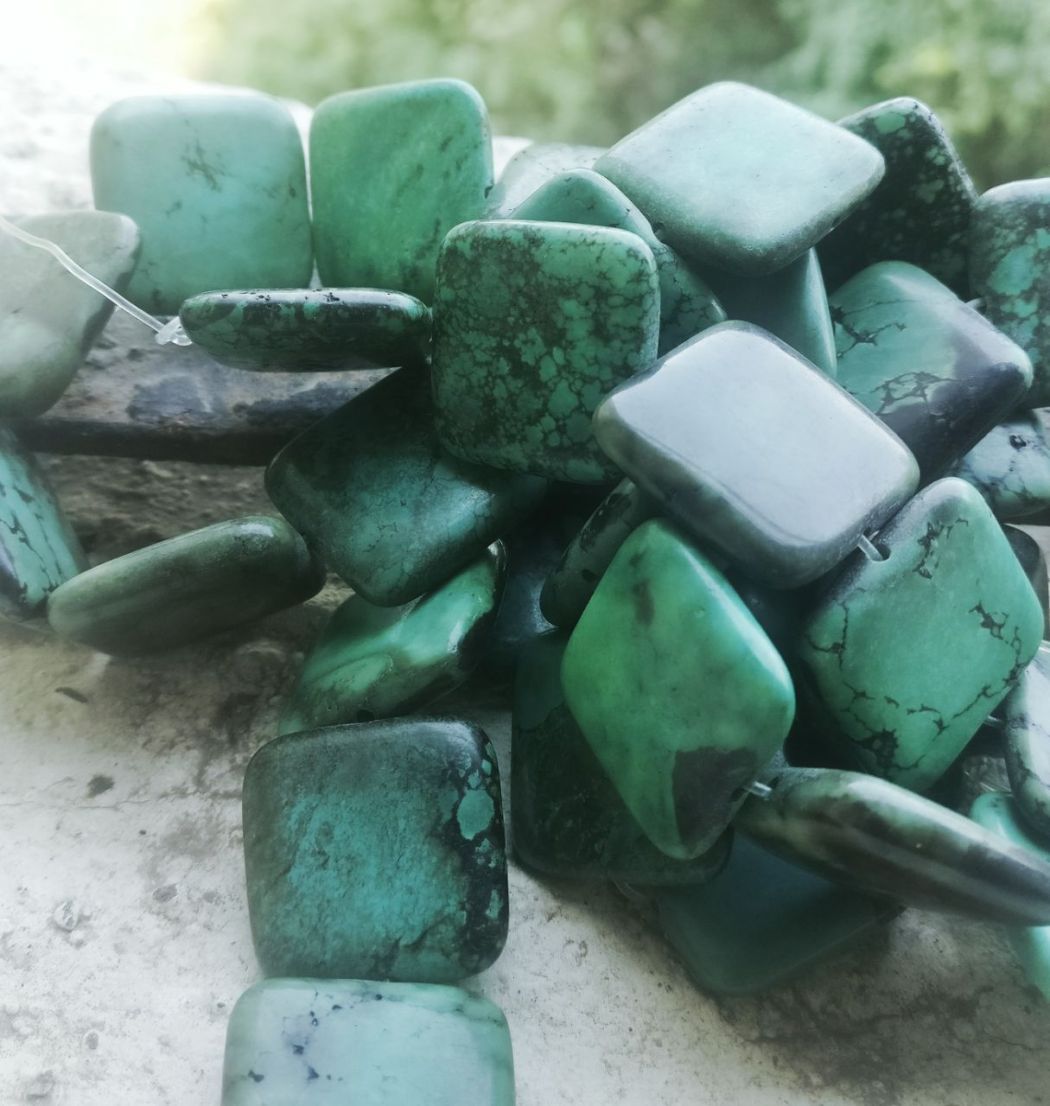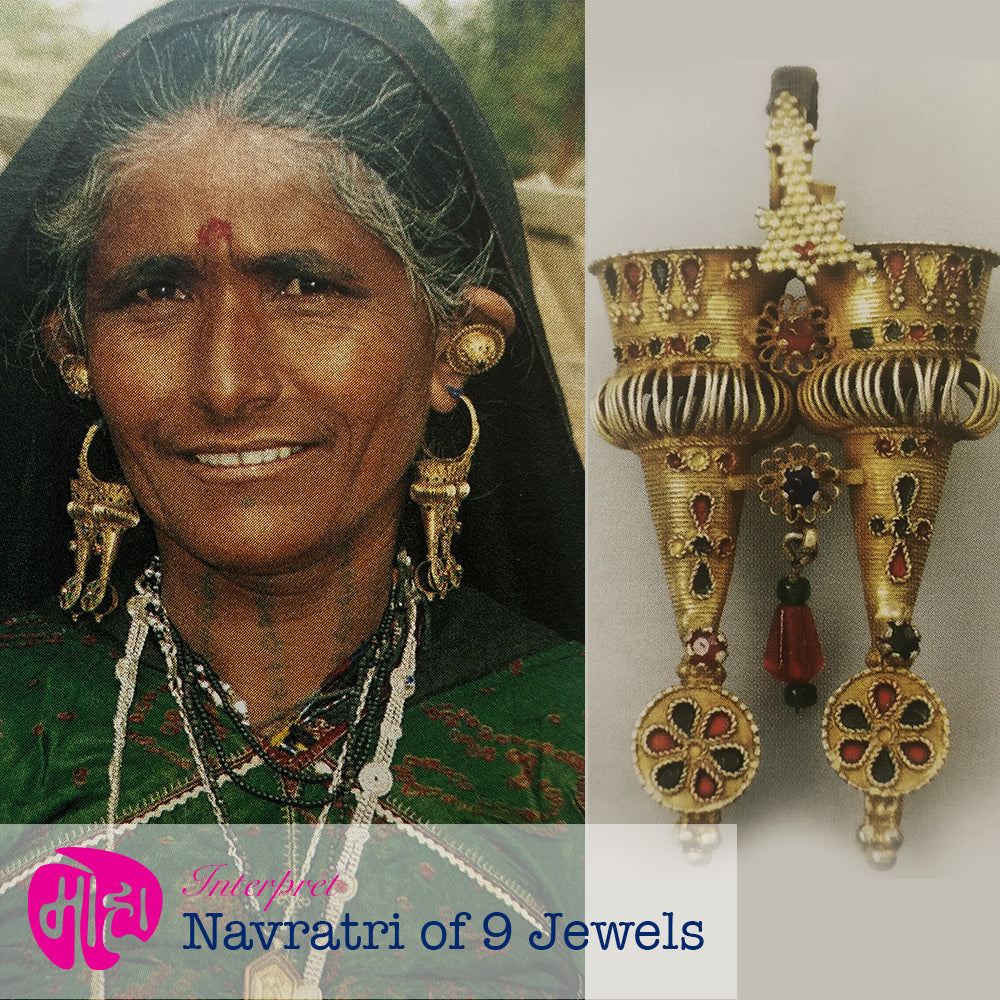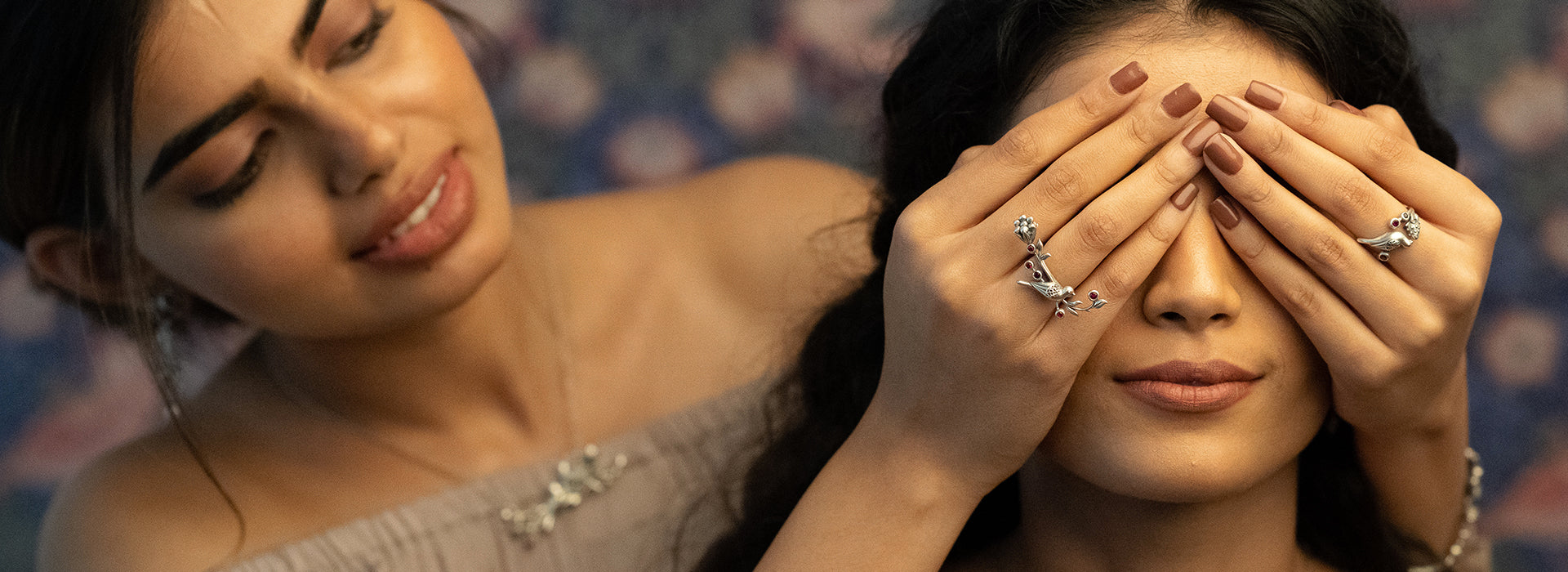Ornaments which have a buddhist influence when it comes to their designs have been discovered in the Northern Kushan realm. The Kushan realm was a part of the Bactro-Gandhara region which showed buddhist influence from as early as the 1st century AC. These areas now lie in Central Asian Republics of Uzbekistan and Tajikistan and as far as Peshawar in Pakistan.This region was known for the presence of a zone with many extremes due to its lush valleys, soaring mountains as well as barren and rocky areas. Due to its central position, the population residing there evolved and had a great many foreign rulers, advanced town centres etc.
Since this region had faced so many political changes and upheavals early on, many excavations were carried out on the sites from this rich Bactro-Gandhar region in order to gain insight into its history. Many of the excavations shed light on the second half of the 1st century BC and revealed the initial journey and the beginnings of Buddhist schools via stone sculptures.
The sculptures of the ‘Bodhisattvas’ found have revealed the elaborate and rich set of jewellery worn by these divine beings on their journey to enlighten others via spiritual advancement. One sculpture is believed to closely resemble the Bodhisattva Maitreya. According to scriptures, Maitreya was a bodhisattva who will appear on Earth in the future when needed in order to achieve complete enlightenment and will pose as a successor to Gautama Buddha. His sculpture displays him wearing strings of pearls, a pearl head ornament, earrings, armbands as well as necklaces, etc.
Findings revealed that during the 2nd and 3rd century BC of the Bactro-Gandhar region, jewellery was created with a focus on the natural beauty of flowers and earthly, divine beings. Along with these aesthetics, jewellery was also said to ward off disease, demons and bring prosperity. Creative life forces were valued and precious elements and their reflections were thought to have a close relationship with us and hold power. Gold was known to represent the sun, silver was said to be a symbol for the moon and was termed as white gold and ratnas were meant to hold divine and cosmic energy. These values and beliefs amalgamated with jewellery as clearly displayed by the ‘vedika’ (called as railings) reliefs from the 100-80 BC stupa located at Bharut. The inner side of these railings show a divine lotus or the ‘Kalpalata’ which literally means the ‘creeper of the world’ and is said to display an unlimited divinity. The above images were observed on this vedika. This motif displays a tale from the former lives of the Bodhisattva Shakyamuni Buddha and shows the flowers and the fruits of this magical vine offering an elaborate variety of jewellery.
A striking form noticed here is a bead which has a matched pair of pendants in gold. The pendants are in the form of Trishulas (symbols of protection) or the triratnas (the three of jewels of Buddhism - The Buddha, the Dharma and the Sangha). These were said to be adorned by the ones with power and wealth. The pendants and bead show open faced lotuses and trefoil designs with repousse base and fine gold granules on it. The beauty and skill involved is indeed striking. The necklace with these pendants has been observed on the sculpture of a heavily bejewelled nymph Sirima Devata.
A pair of royal earrings in torsade (twisted) style have also been observed on the stupa at Bharut. They are said to have originated from Andhra Pradesh in the 1st century BC. They are also made of sheet gold and have decorations with gold granulation. A sculpture of a Chandra yakshi (tree nymph) at Bharut is seen wearing these earrings.
These breathtaking pieces of Indian jewellery with fine detailing are indeed striking examples of the skilled artisans prevalent in that period.
Picture credits - Dance of the peacock by Usha R. Bala Krishnan and Meera Sushil Kumar.
#rarejewels #navratri2017 #indianjewellery #traditionaljewellery #loveforjewellery #mohabygeetanjali #informativearticle #arthistorians #antique #antiquejewellery #antiquelovers #loveforcraft #craftlovers #archeologists #indologists #tradition #culture #mythology #indiantradition #regionaljewellery #historyofjewellery #historians



